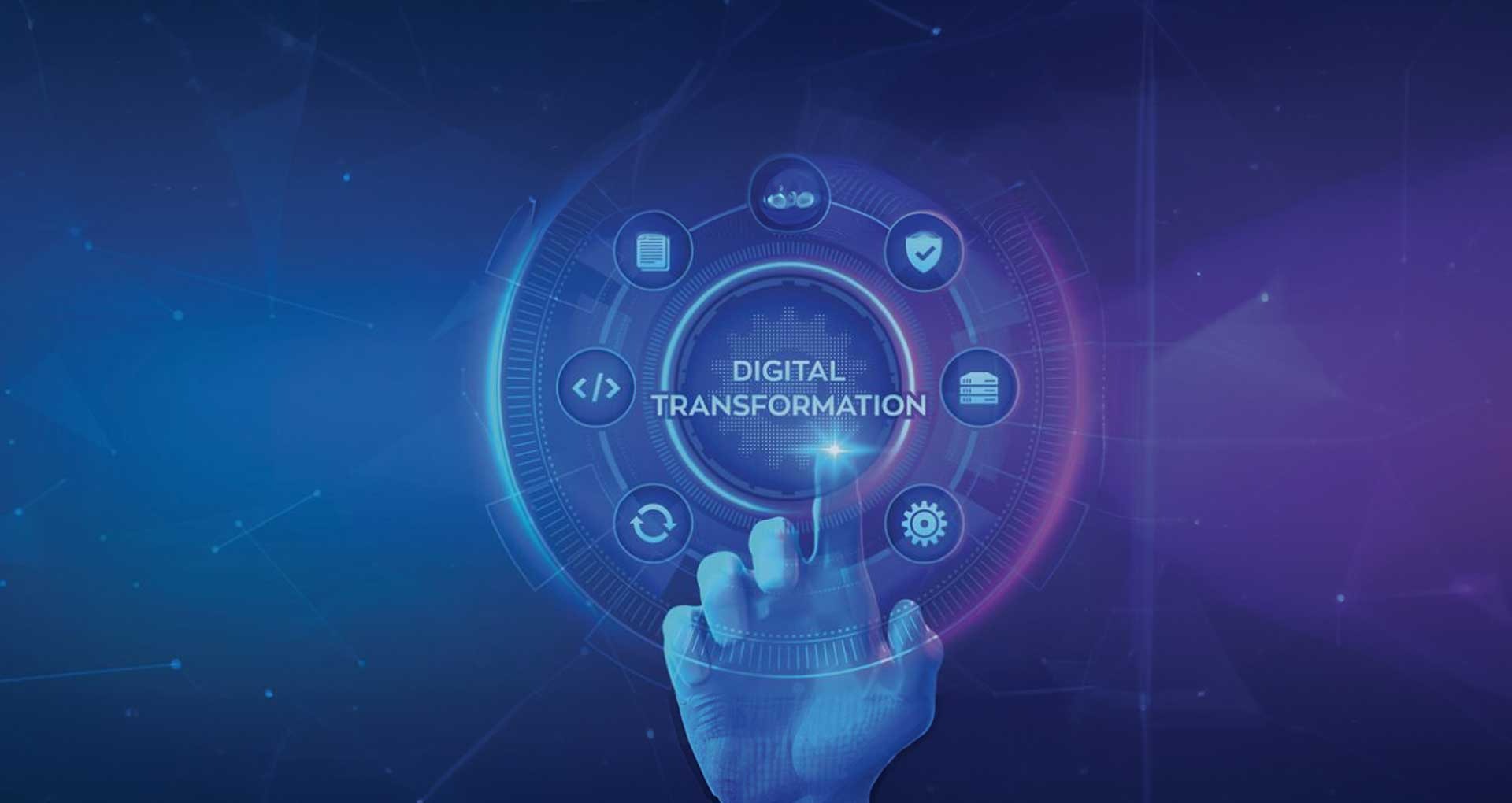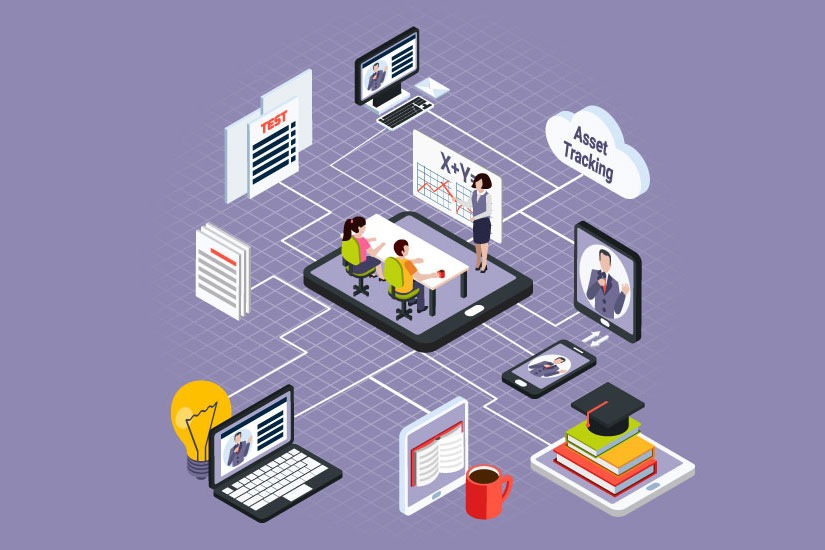In today's digital world, software is the backbone of innovation and productivity. It powers everything from enterprise operations to personal devices, enabling seamless connectivity and transforming user experiences. Understanding the key components of modern software is essential for organizations looking to stay competitive and meet the evolving needs of their users.

1. Cloud Computing:
Cloud computing has revolutionized the way software is deployed and managed. By leveraging cloud services, organizations can scale their operations, reduce costs, and enhance flexibility. Cloud platforms such as Amazon Web Services (AWS), Microsoft Azure, and Google Cloud offer a range of services, including storage, computing power, and analytics, enabling businesses to innovate quickly and efficiently.
2. Artificial Intelligence (AI) and Machine Learning (ML):
AI and ML are transforming the capabilities of modern software. These technologies enable software to learn from data, make predictions, and automate complex tasks. From chatbots and virtual assistants to predictive analytics and automated decision-making, AI and ML are driving innovation across industries. By integrating AI and ML into their software solutions, organizations can enhance user experiences, improve operational efficiency, and gain a competitive edge.
3. Cybersecurity:
As software becomes more integrated into our daily lives, cybersecurity has become a critical concern. Modern software must be designed with security in mind, protecting user data and ensuring the integrity of systems. This includes implementing robust encryption, regular security updates, and comprehensive threat detection and response mechanisms. By prioritizing cybersecurity, organizations can build trust with their users and safeguard their digital assets.
4. User Experience (UX) Design:
User experience (UX) design is a crucial aspect of modern software development. It focuses on creating intuitive, user-friendly interfaces that enhance usability and satisfaction. By understanding user needs and behaviors, designers can create software that is easy to use, visually appealing, and tailored to specific user requirements. Investing in UX design can lead to higher user engagement, increased productivity, and improved customer loyalty.
5. Agile Development:
Agile development methodologies have become the standard for modern software development. Agile approaches, such as Scrum and Kanban, emphasize iterative development, continuous feedback, and collaboration. By adopting agile practices, organizations can respond quickly to changing requirements, deliver high-quality software, and ensure continuous improvement. Agile development fosters a culture of innovation and adaptability, enabling teams to stay ahead in a rapidly evolving technological landscape.
6. Integration and Interoperability:
Modern software often needs to integrate with other systems and platforms to function effectively. Ensuring seamless integration and interoperability is essential for creating cohesive and efficient digital ecosystems. Application Programming Interfaces (APIs) play a crucial role in enabling different software applications to communicate and share data. By prioritizing integration and interoperability, organizations can enhance their software's functionality and provide a more comprehensive user experience.
Implementing Modern Software Solutions:
To leverage the power of modern software, organizations should follow a structured approach:
- Assess Current Infrastructure: Evaluate the existing software infrastructure and identify areas for improvement.
- Define Objectives: Set clear objectives for software development, aligning them with overall business goals.
- Invest in Technology: Invest in the right technologies, such as cloud computing, AI, and cybersecurity, to support modern software development.
- Focus on UX Design: Prioritize user experience design to create intuitive and user-friendly software solutions.
- Adopt Agile Practices: Implement agile development methodologies to ensure continuous improvement and adaptability.
- Ensure Integration: Prioritize integration and interoperability to create cohesive and efficient digital ecosystems.
By embracing these key components of modern software, organizations can drive innovation, enhance productivity, and meet the evolving needs of their users. The digital world is constantly changing, and staying ahead requires a commitment to continuous learning, adaptation, and improvement.






